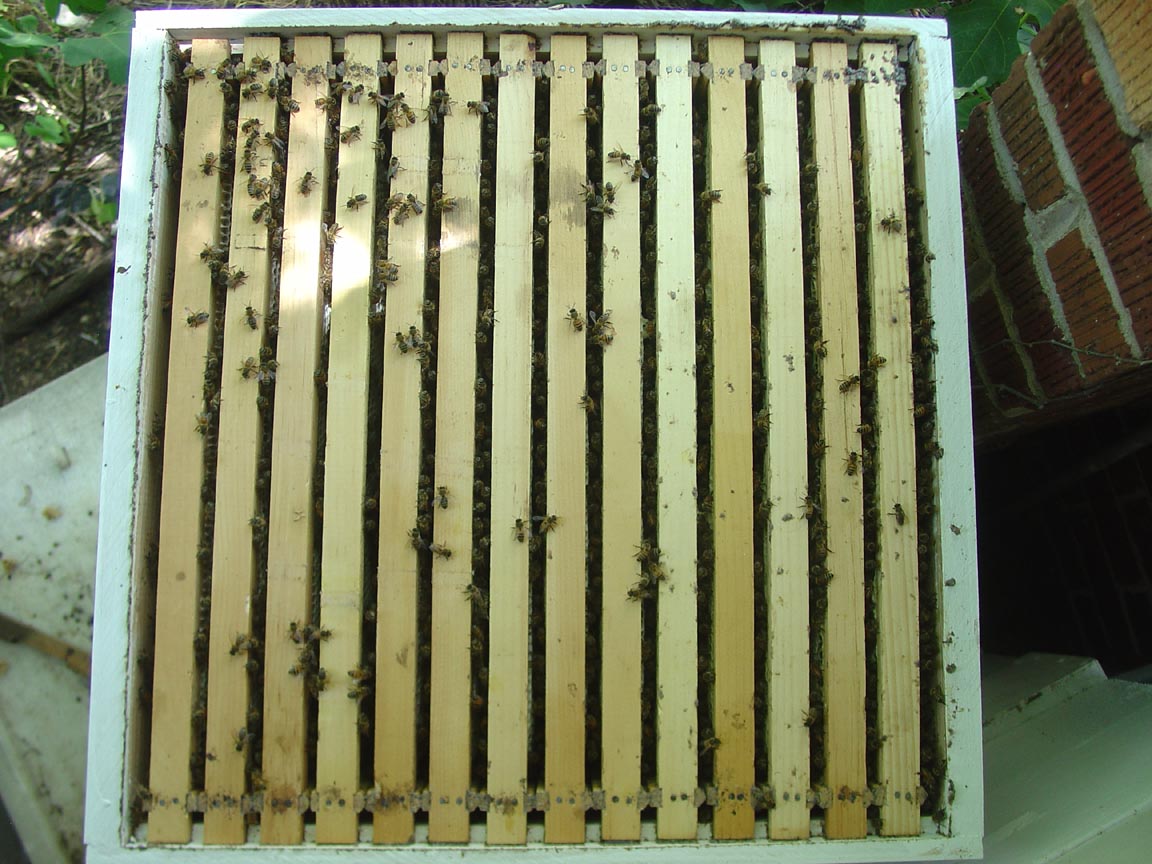bjosephd
Drone Bee
- Joined
- Oct 12, 2014
- Messages
- 1,129
- Reaction score
- 1
- Location
- North Somerset
- Hive Type
- Langstroth
- Number of Hives
- 3
Bridge, Brace, and Burr comb are in part genetic and in part a function of hive design. The pictures of combs with extreme bridge and burr comb are an example of a hive that does not properly implement bee space combined with bees that love to build a bit of extra comb.
Here is a pic of a colony of bees that do not build much bridge or burr comb and are in a hive that uses correct bee space. This same colony is currently in the middle of a major flow and is filling supers with honey. I opened them 3 days ago and found 3 small areas of bridge comb between brood frames. There was no comb between the brood chamber and the super above.

Lovely stuff.
I seem to remember you use a narrower side bar than most?
I'm tempted to sand mine down, especially as they get wider with propolis through the season.
How many mm width side bars do you use?



















































